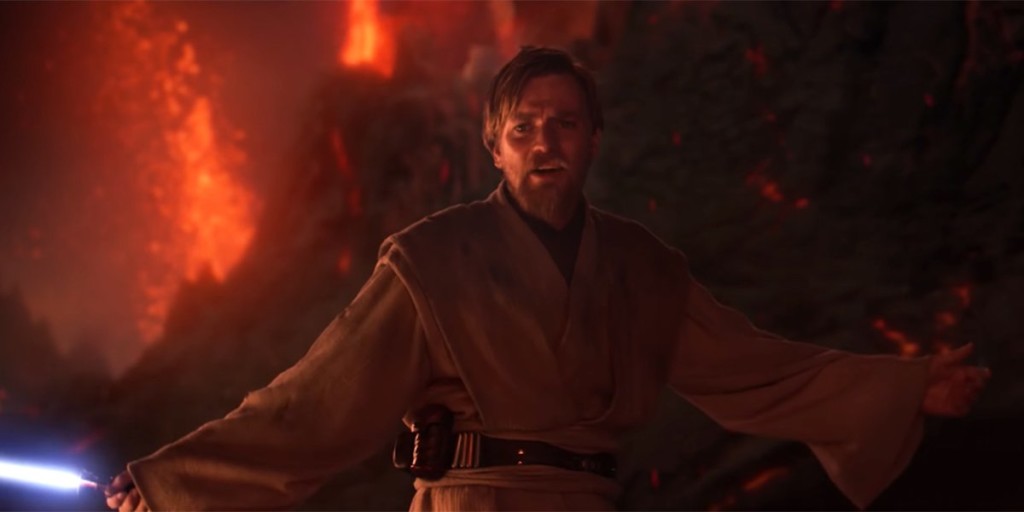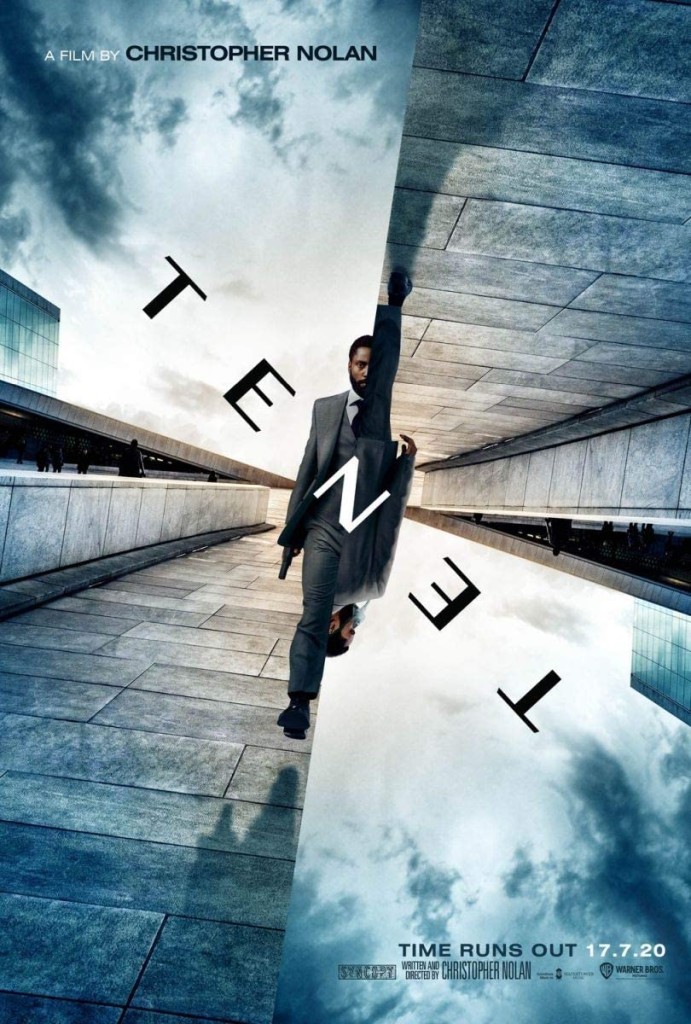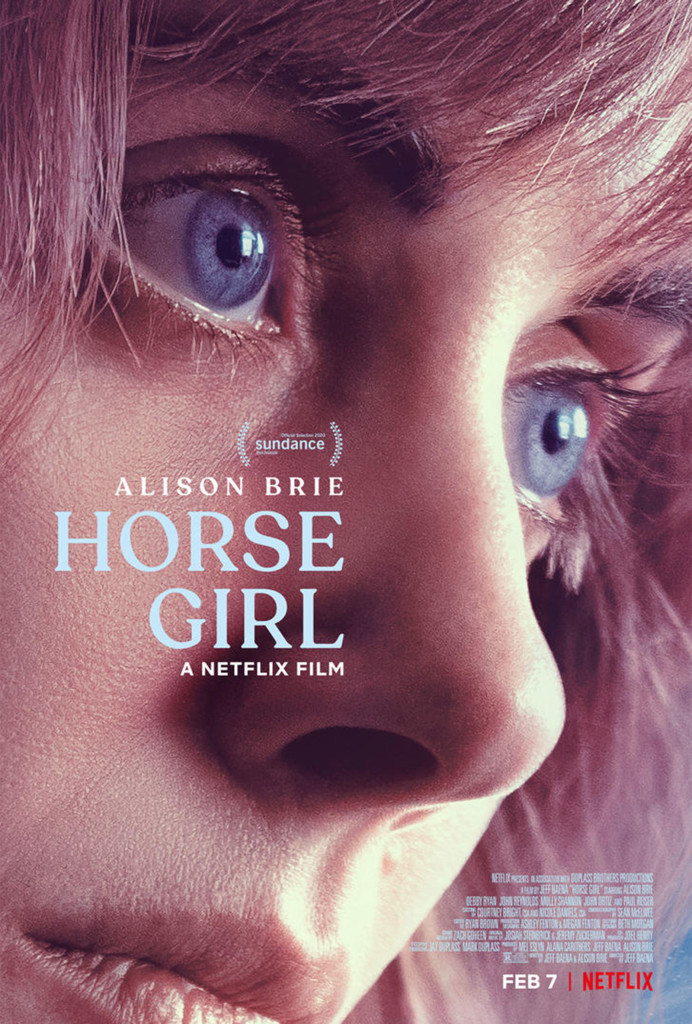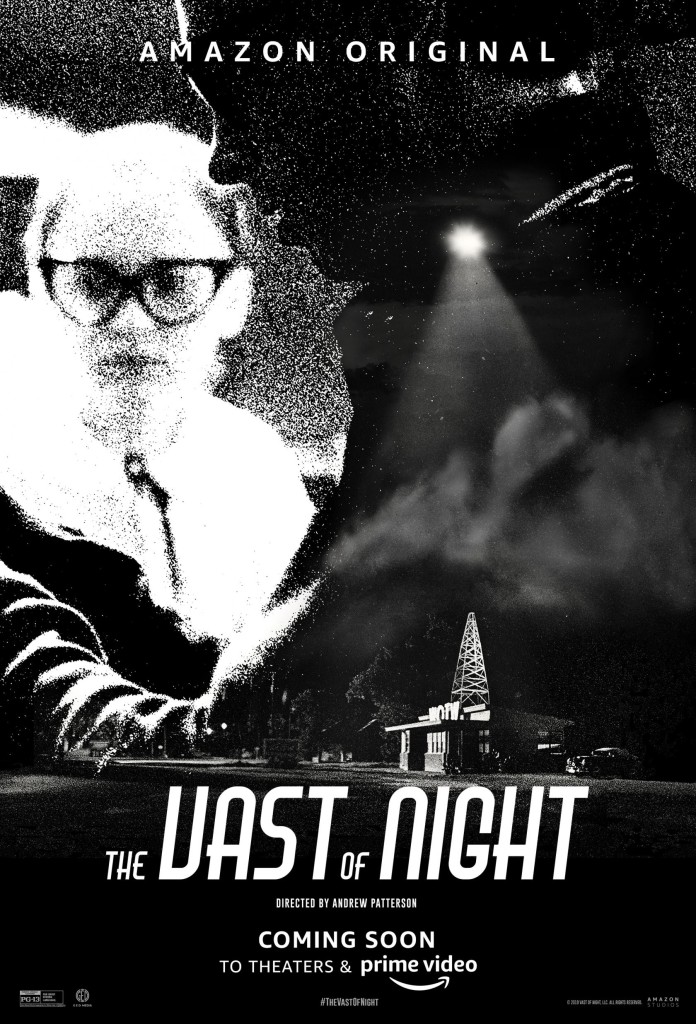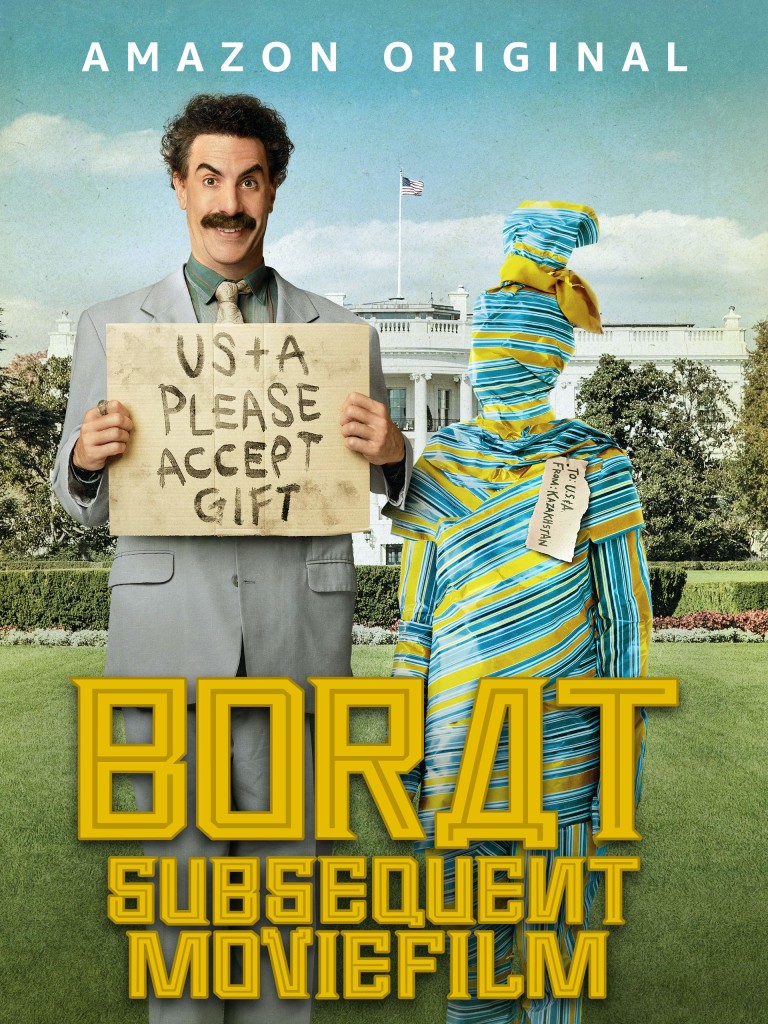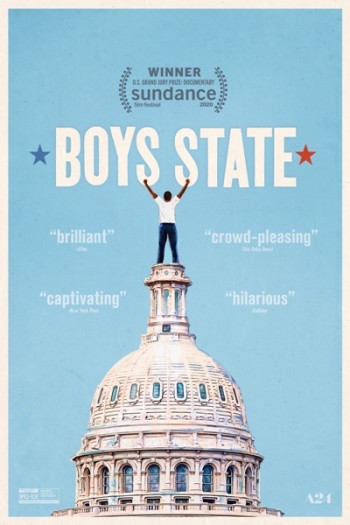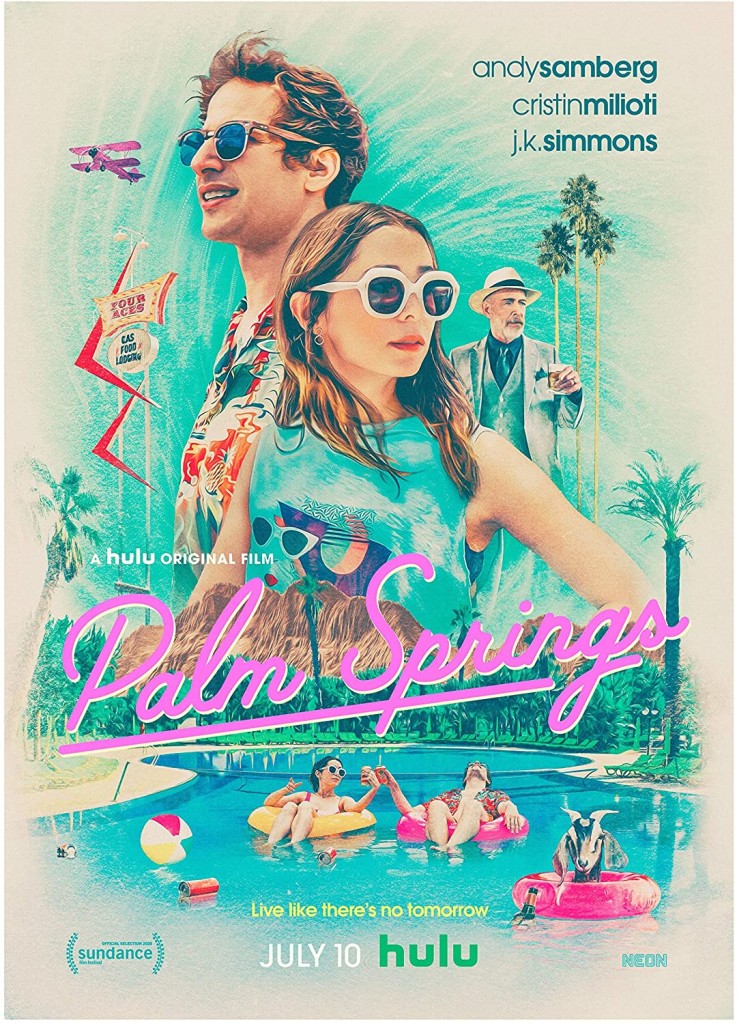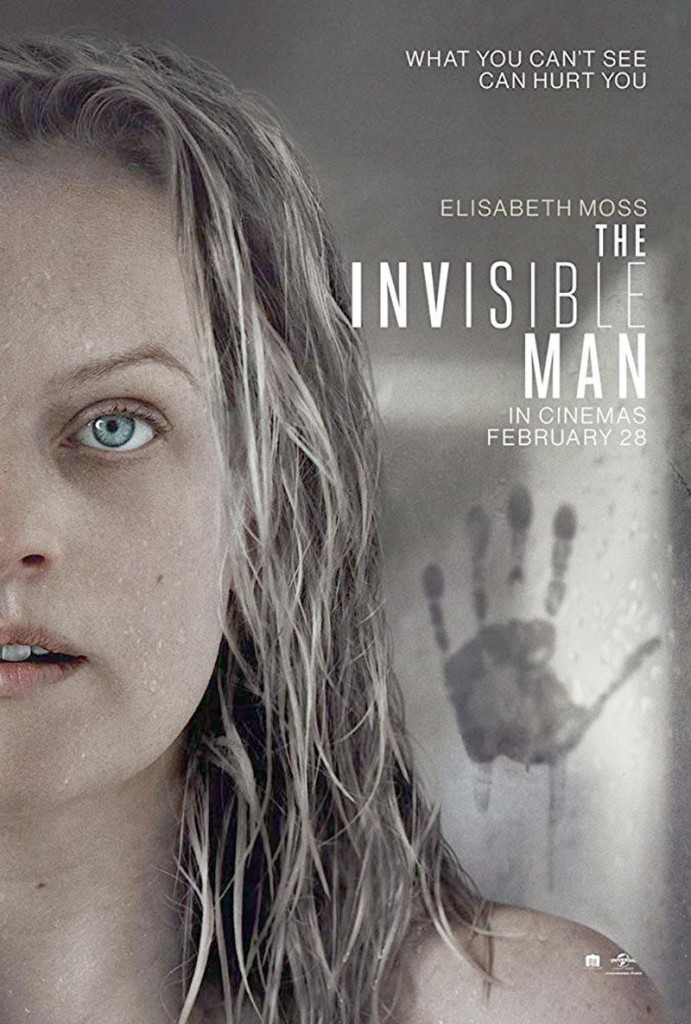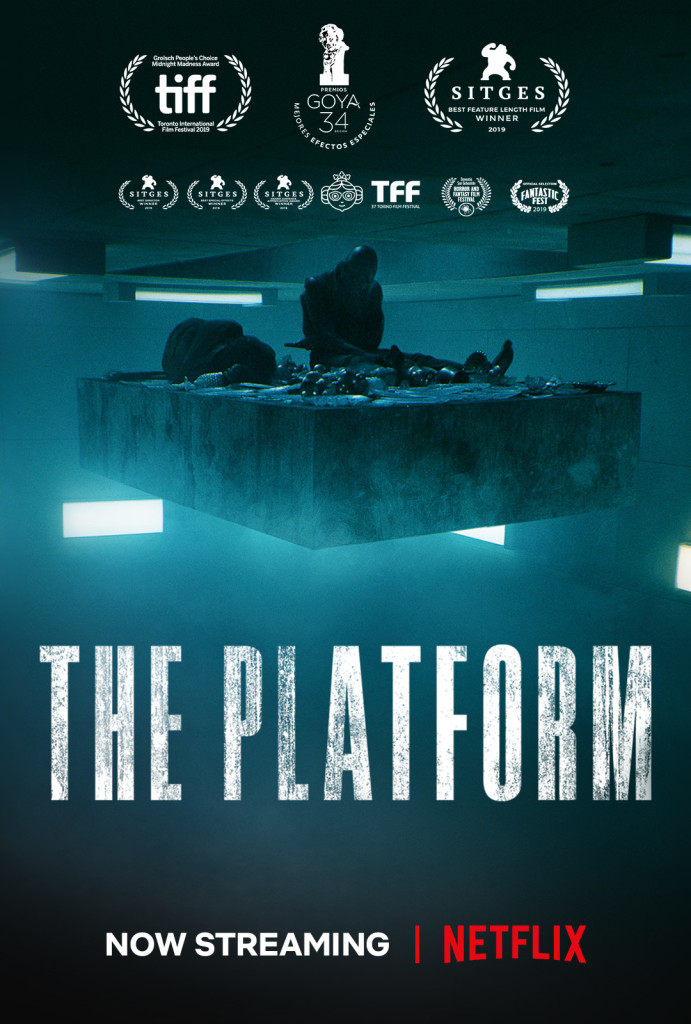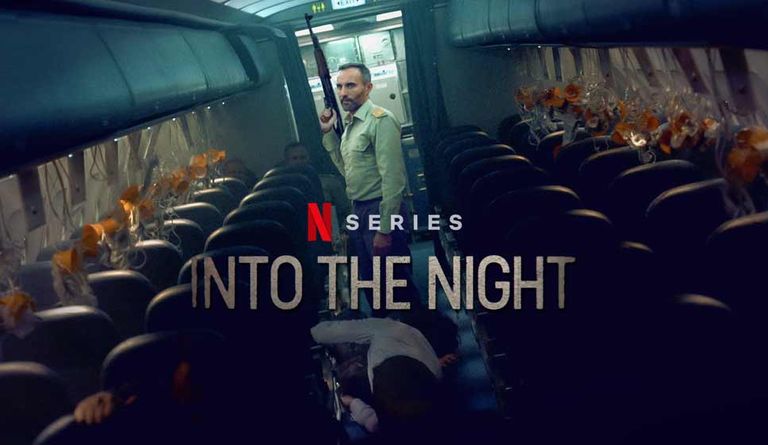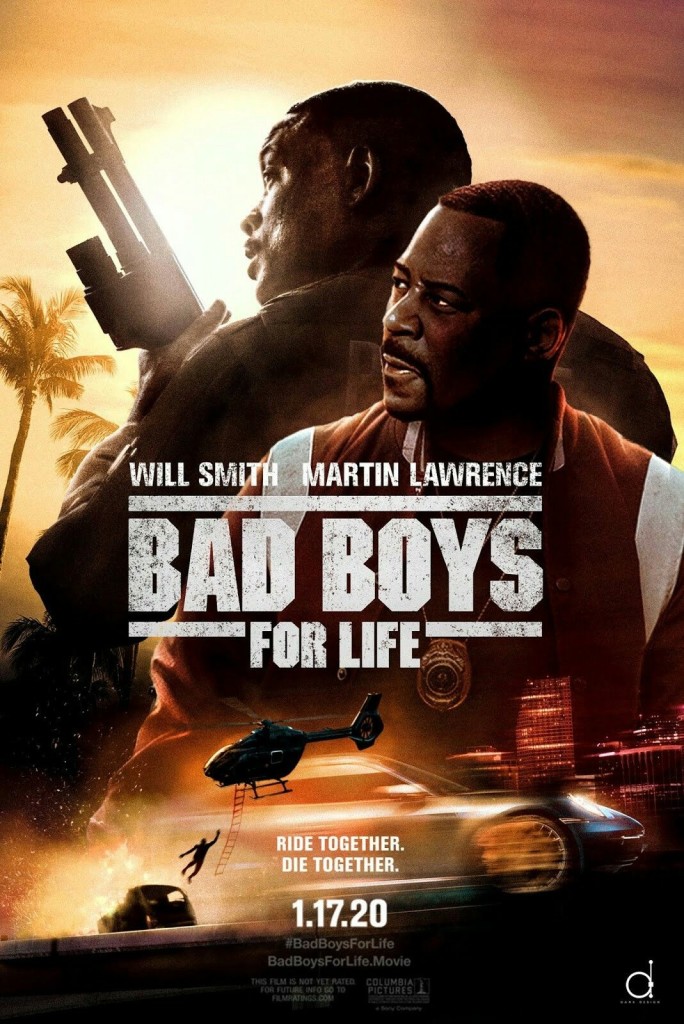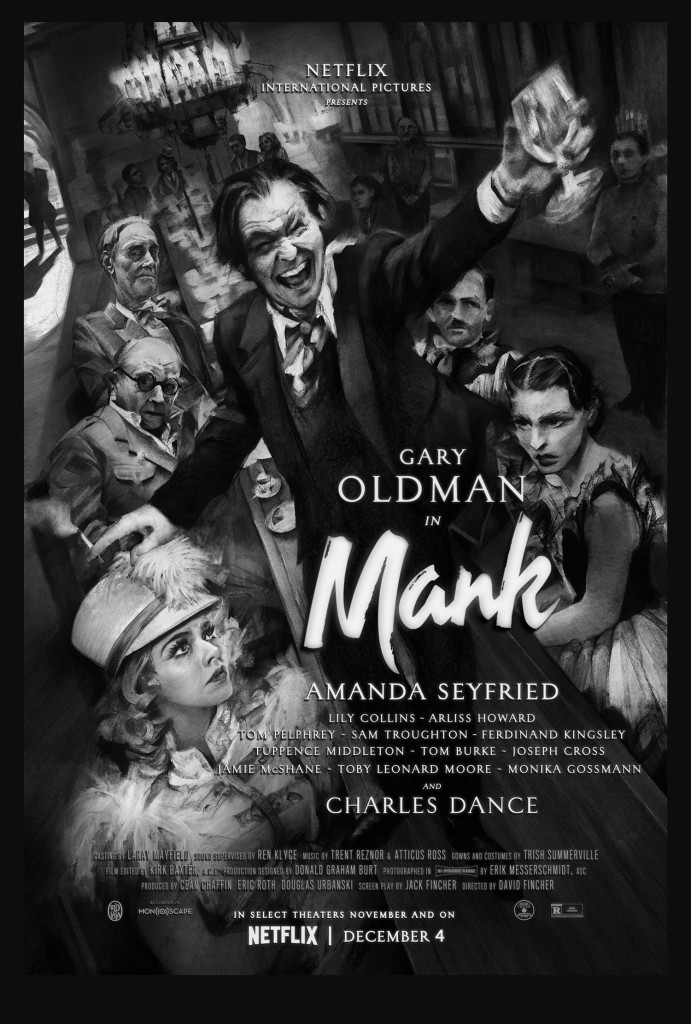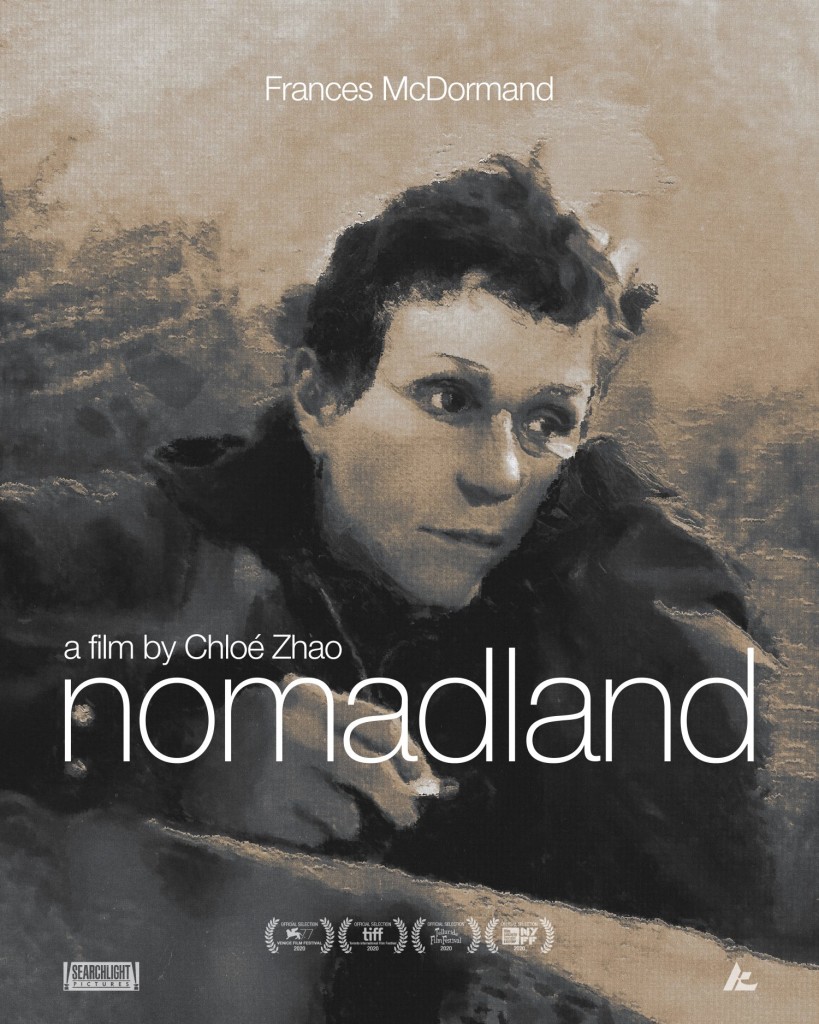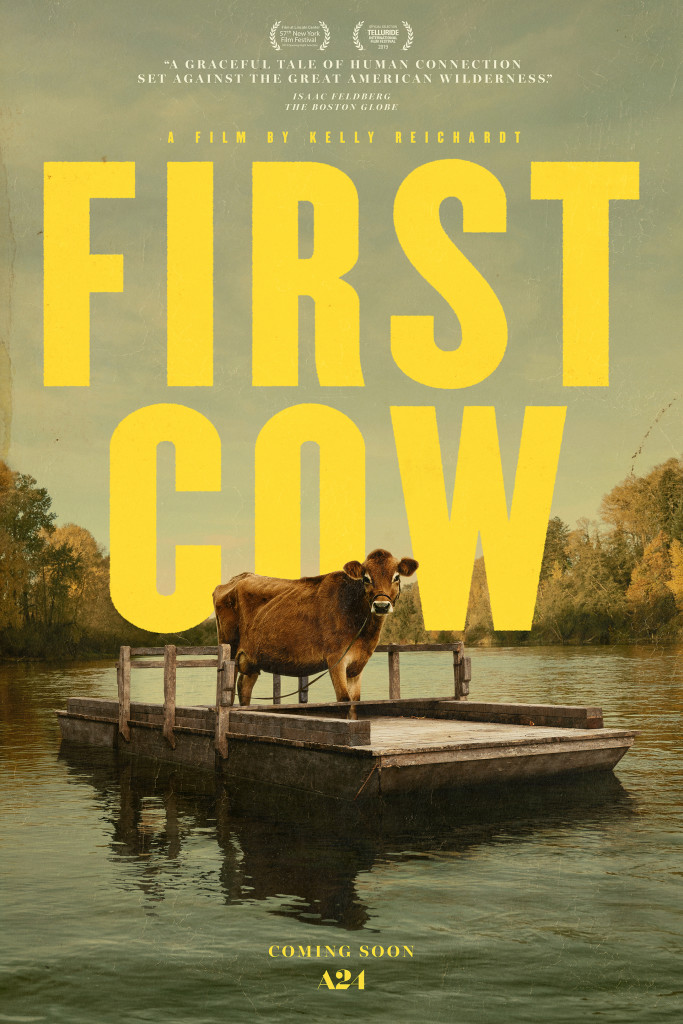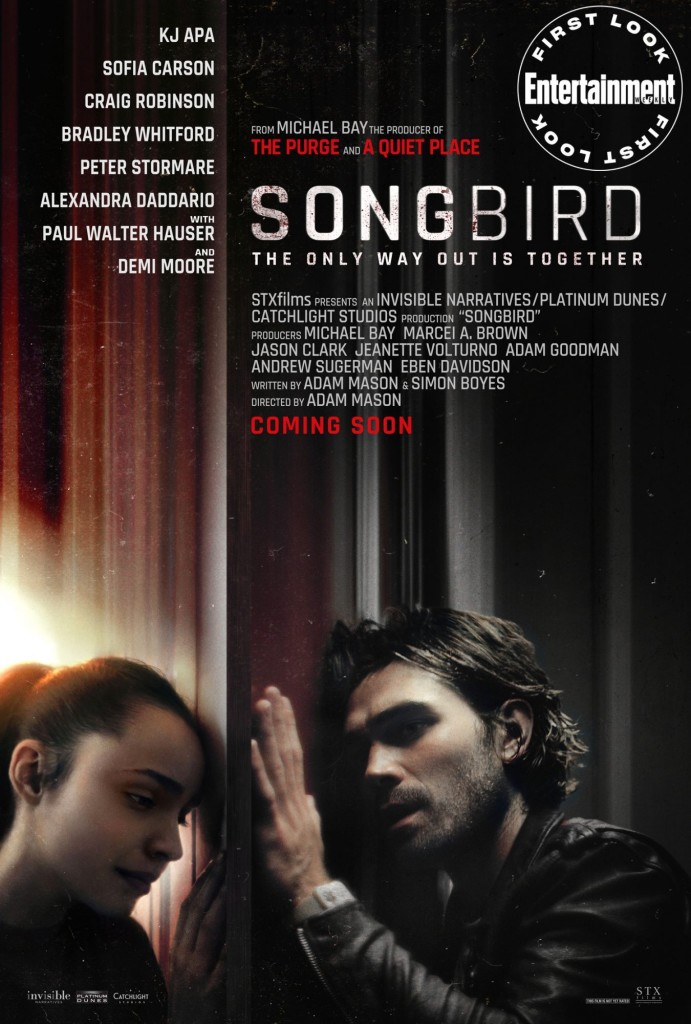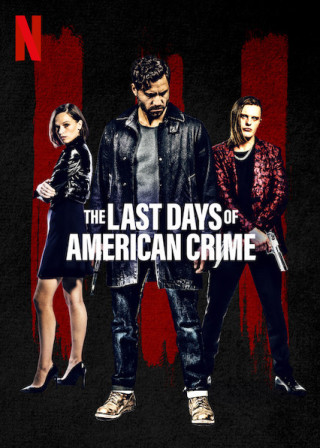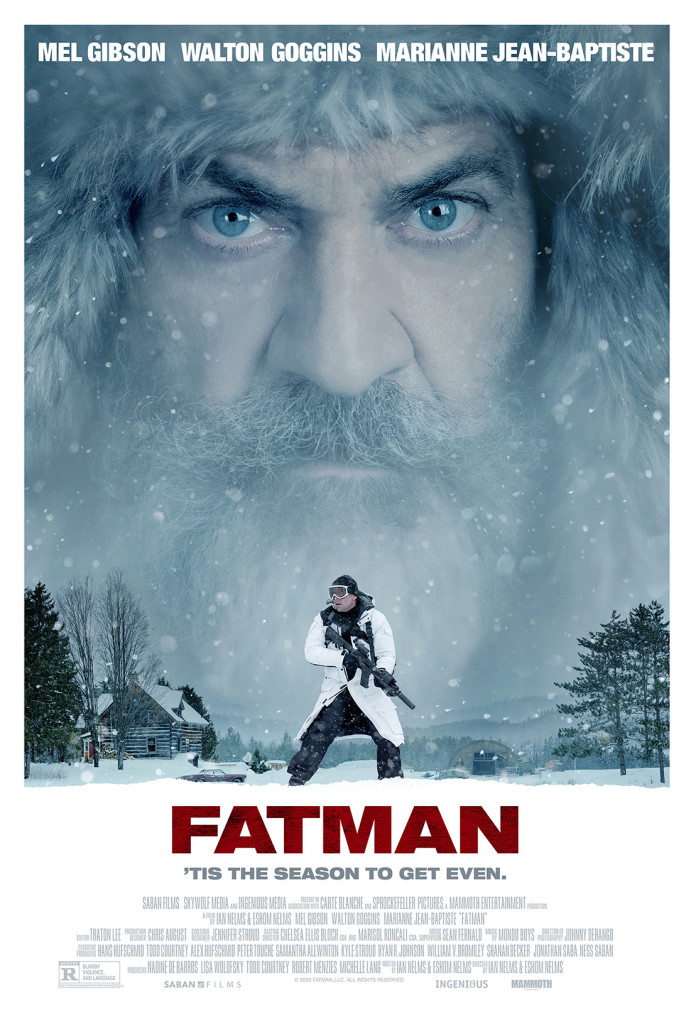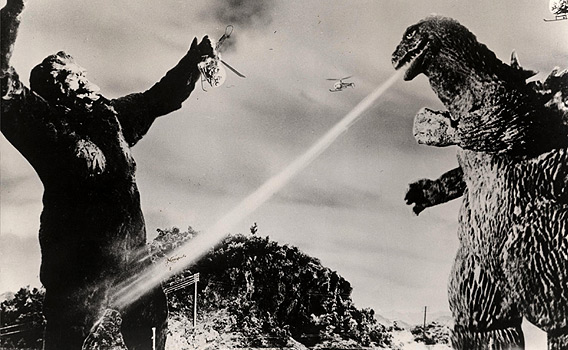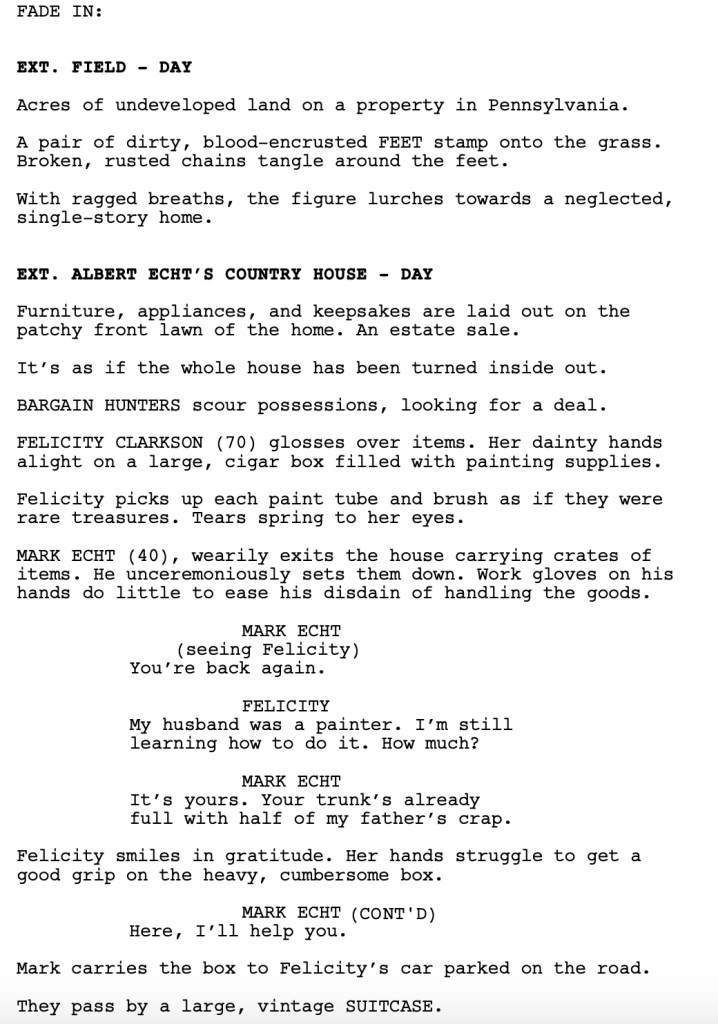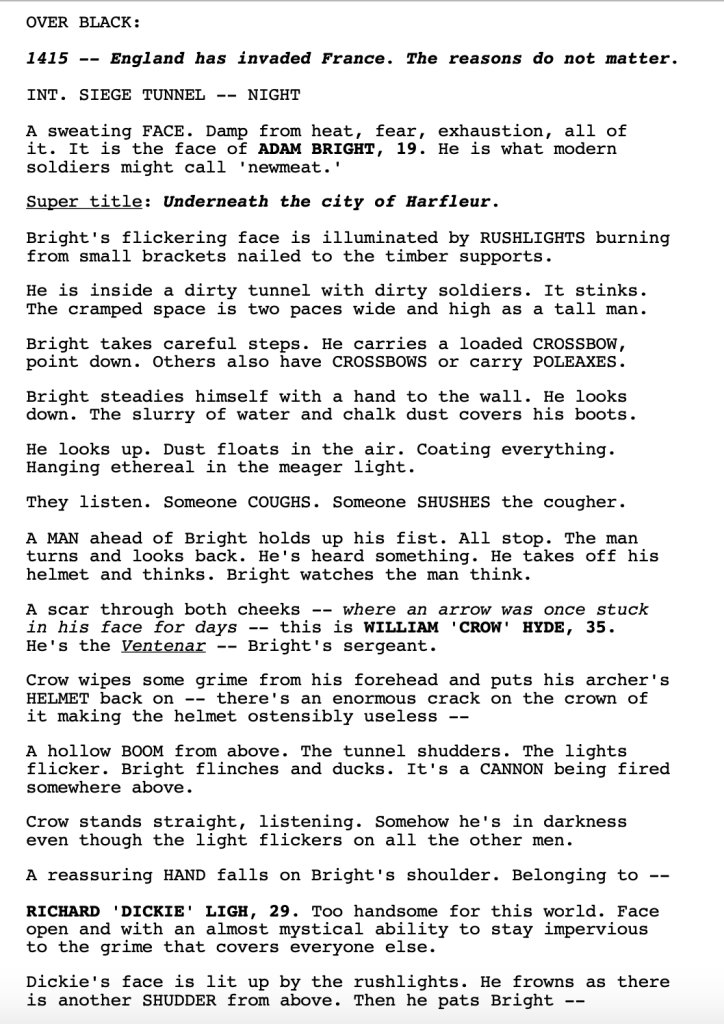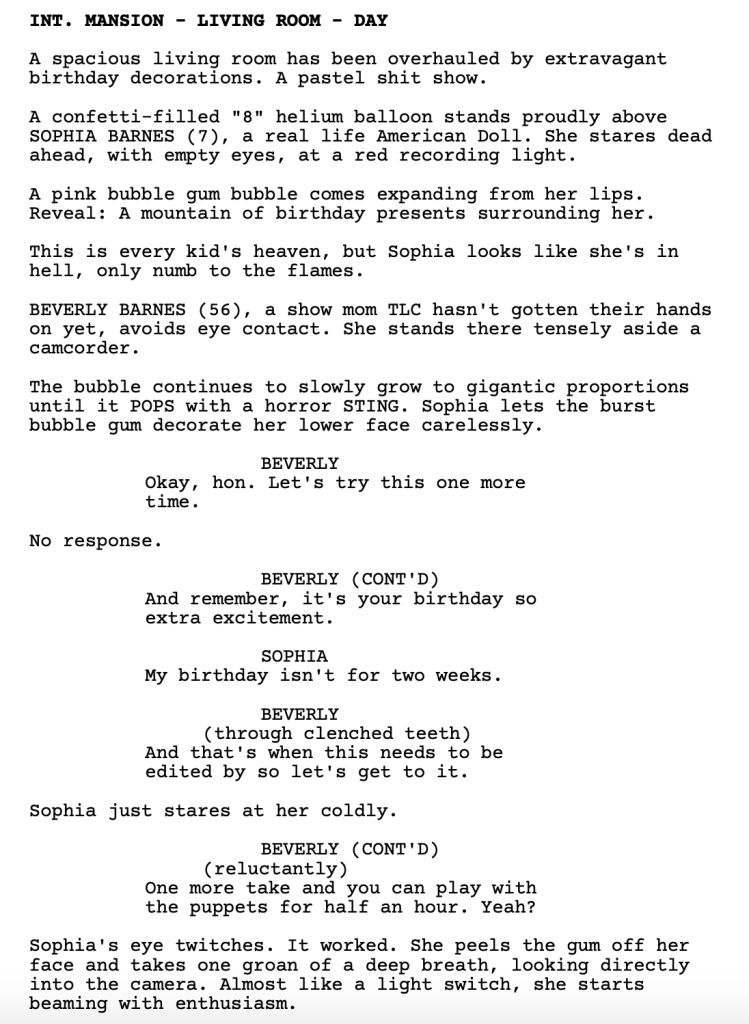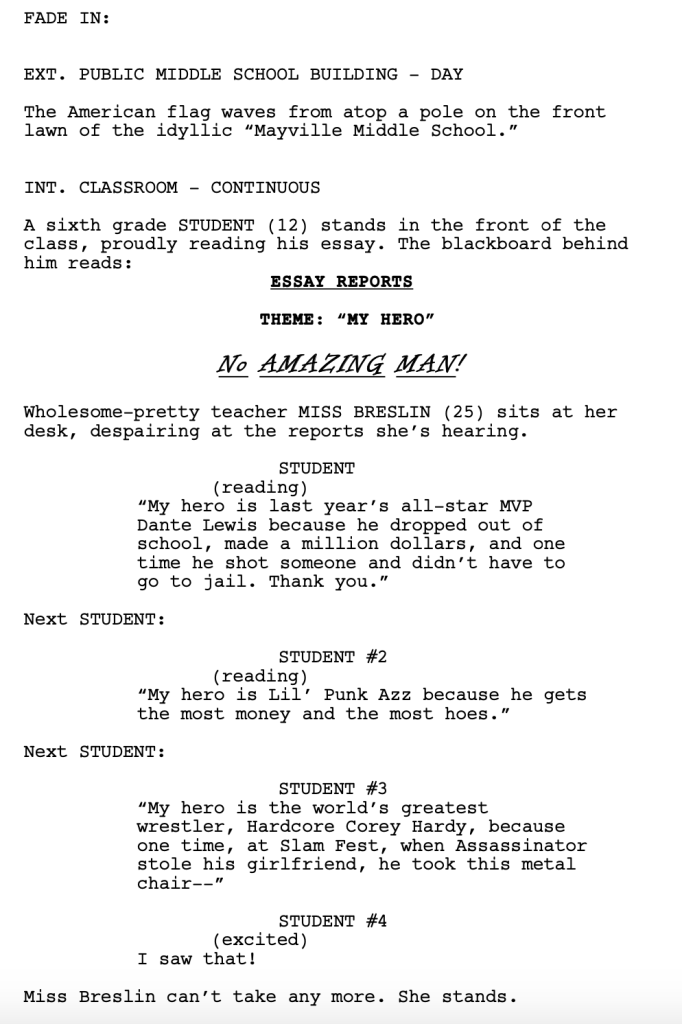Hello everyone. I wasn’t going to post anything this week but after watching Wonder Woman 1984, I couldn’t help myself. By the way, this is a stream-of-consciousness post, so I’m sorry in advance if it’s as nonsensical as the movie I just saw. Wonder Woman 1984 is one of the worst superhero movies I’ve ever watched. In fact, it’s so bad that I can’t think of any superhero movie that’s worse at the moment. Literally, the first 70 minutes of the movie is setup. We’re talking blatant 100% exposition setup. Diane meets Steve again. Some geeky girl finds a wish machine. Some oil magnate goes looking for the wish machine. For some reason, we go to Saudi Arabia on an invisible plane. Saudi Arabia then has a wall around it. I mean this was comically awful screenwriting. And you don’t get the excuses anymore. Marvel has solid scripts for all its superhero movies, which is why they all get near 90% RT scores. But this? It was as if not a single person challenged Patty Jenkins on how bad the screenplay she was writing was.
And that’s why I’m posting this article. Patty Jenkins is responsible for the next Star Wars movie. About X-Wing fighters or something. Why is Patty Jenkins responsible for the next Star Wars movie? Was there a single Star Wars fan in the universe who said, “I hope they get Patty Jenkins to direct a Star Wars movie.” No. Not one. So why was she chosen to not only direct a Star Wars movie but shepherd the next wave of Star Wars feature films for Disney? Maybe they really liked her pitch? Maybe it was for another reason. The only one who knows for sure is the person who’s slowly sucking the life out of Star Wars with every decision she’s made, Kathleen Kennedy. But, surely, after seeing Wonder Woman 1984, you have to kill this Patty Jenkins Star Wars project, right? There’s still plenty of time to do so. And Kennedy has fired people way further into the process. If her number one priority is making a quality Star Wars film, she has to fire Jenkins. If her priority is something else, she’ll keep Jenkins on. She better make the right decision because I haven’t seen a lack of narrative thrust in a major motion picture as abysmal as Wonder Woman 1984 in over a decade. It’s literally first year film school student “I don’t know how to tell a story” bad. And you’re going to let this person direct the next Star Wars movie???? Oh my god.
The weekend wasn’t all bad as Pixar released their latest film on Disney +, “Soul,” and, unlike Wonder Woman 1984, Pixar actually cares about storytelling. Not only that, but this is the weirdest Pixar movie yet. It’s about a music teacher who wants to become a Jazz pianist and gets a shot at a major gig but ends up dying after the audition. He somehow avoids going to Heaven, and plummets into the “before” version of Heaven where little souls are preparing to go down to earth and become humans. He meets a soul there who hates earth and doesn’t want to become human, and then the two end up back down on earth, but the hater soul ends up in the jazz musician’s body while the jazz musician ends up in a therapy cat’s body (yes, you read that right), and the two team up to get the musician to that gig.
One thing Pixar does more and more of that I tell writers NOT TO DO is they overcomplicate things. There is so much world-building and mythology and rules that need to be established here, it’s kind of overwhelming. And they never do things the easy way. Which is harder to execute but better for the story. For example, when the two get thrust back to earth, the jazz pianist doesn’t end up in his body. He ends up in a cat’s body. It’s so weird but it’s that weirdness that makes Pixar movies different from anything else out there. They also do an amazing job with exposition. Exposition is a top 5 enemy for any screenwriter. But the reason Pixar gets away with it is that a) the things they expose are usually interesting. This whole “before dimension,” for example, is an interesting place. So we’re willing to learn about it. And b) they show instead of tell as often as possible. One of my favorite expositional pieces was the “lost souls.” These are people down on earth who have lost their way. And here in the “before dimension,” they’re represented as these spooky one-eyed monsters who trudge around this dark space endlessly. It really captured what a lost soul would look like.
I don’t think everything comes together as cohesively as it could have. But Pixar does such a great job making you care about its characters that you overlook those weaknesses and just go with it. I’m not sure where “Soul” ranks on the list of Pixar movies, but it might creep into the top 5. It’s really different and, unlike other family movies, you don’t know where it’s going. It really does surprise you again and again. Check it out if you have Disney +!
This has been a weird movie year. Outside of a few exceptions, the studios have been keeping their best films locked up in a vault. Which means the entire 2020 movie slate consisted of scraps. Despite the odds being stacked against them, some underdogs emerged, giving us just enough movies to fill out a best-of list – with a little cheating, of course. Let’s take a look!
10) Run – I’m including Run not because I think it’s a great movie, but because this is the PERFECT type of script you should be writing as a spec screenwriter. It’s mostly contained, which makes it cheap to produce (which means more producers are going to be able to do something with it, which increases the number of people you can send it to, which increases the percentages of you selling it – spec screenwriting is a numbers game, remember). It’s got a fun hook – a mother is keeping her daughter prisoner. And it’s got two roles that actors would love to play. Interesting parts draw strong actors. If you can get a known actor for a script that’s cheap to produce and easy to market (cause of the concept) you are in a very powerful place as a writer. I thought the execution of Run could’ve been a little better. But I definitely enjoyed it.
9) Tenet – Ha! I surprised you, didn’t I? Tenet in your top 10, Carson? Well, stay with me. Yes, I have issues with Christopher Nolan picking narratives more to prove that he’s the smartest guy in the room than to tell a good story. But the reality is, this man’s love for filmmaking, his insane attention to detail, and his desire to create a truly cinematic experience, make all of his movies must-sees. I mean, GOD, does this movie look beautiful. It’s so great to look at. It’s for that reason that it makes my top 10. Tenet is the only movie released this year that’s worth seeing in the theater. And that’s saying something considering we’re in a pandemic.
8) Horse Girl – For those of you who think I hate anything in the indie movie space, you’re going to have to come up with another argument! Cause I loved Horse Girl! Starring Alison Brie, this Netflix film is about a strange woman who used to take care of a local family’s horse but who is then fired because they think she’s being too weird around the horses. This initiates a break from reality where the girl starts waking up in her car miles away from her apartment. The movie is filled with several great scenes, such as when her roommate sets her up with a guy friend for the strangest date ever. I usually don’t like these “going crazy” movies but there’s something special about this one. Check it out!
7) The Vast of Night – We’re bee-lining over to Amazon Prime for this one, which is tonally similar to Horse Girl, although it’s less about a protagonist going crazy and more about my favorite topic – UFOS! Set in a small town in the 1950s and told in real time with both a radio DJ and a switch-board operator, The Vast of Night vacillates between riveting and just plain fun. The director uses these long takes that provide the movie with its own prominent style. Plus, the choice to tell the story in real-time gives it an urgency you don’t often see in indie fare. I’ve always been a fan of adding urgency to period pieces because it goes against the expectation (that everything in the far-off past is slow and deliberate). Gotta keep an eye on this director.
6) Borat 2 – I could talk for years about all the mistakes the industry made to destroy the comedy. But then Borat had to come along and save it! I wince a little at Cohen’s obsession with politics these days. Part of the reason the original Borat was so funny was because that’s all it wanted to be. Funny. Borat 2 is more political in its approach. But the reason that didn’t bother me is because Sascha Baron Cohen still understood that if it wasn’t funny, it wouldn’t matter. So he made sure that “funny first, message second.” And because of the actress who played his daughter was so freaking hilarious, Borat 2 almost achieved the impossible – being as funny as Borat. It didn’t quite get there. But it’s a huge feat of a film, especially considering they shot it a) in a pandemic and b) quickly. I can’t wait for the extended version to come out. There’s supposed to be some hilarious stuff in the outtakes. (By the way, one of my favorite parts is when Cohen and his daughter are in the plastic surgeon’s office and Cohen is going off on some bizarre tangent and the actress playing his daughter is desperately trying not to crack up. You have to look for it or you’ll miss it but it’s one of many great little moments in a hilarious film)
5) Boys State – Nooooooo! No, Carson! No! A documentary film? ? Those don’t count. I hear you, I hear you. Growing up, I always hated reviewers who included documentary films in their Top 10 lists. But the difference here is that Boys State is straight-up entertainment. It’s a bunch of kids who have no idea what they’re doing trying to formulate a virtual government. And it’s the “no idea what they’re doing” part that makes it so fun to watch. The key to a good documentary is a good subject. And Boys State has a handful of great subjects. If the producers were smart, they would turn this into a series. Because the only criticism I had was that it was too short and wasn’t able to cover enough kids to get a full feel of what was going on. For example, the “winner,” or the guy who was elected “president,” at the end, wasn’t even a main character. It would’ve been nice to get to know him beforehand so we felt something about his achievement.
4) Palm Springs – One of the first things you have to ask yourself when you’re writing a loop movie is, do you want to begin with the main character discovering the loop? Or do you want to start the movie with him already in the loop? It’s a difficult question because it results in two completely different movies. Which is why I found Palm Springs to be so clever. It does both. It takes one character who’s been in the loop for hundreds of years and pairs him with another character who just fell into the loop for the first time. Which leads us to the second clever thing about Palm Springs. When you’re writing a romantic comedy, you’re trying to pair two people up in the most interesting way possible. And yet, all of the “ways” you can pair people up have already been used. Until Palm Springs. What’s more interesting than pairing someone at the beginning of the loop with someone who’s been in it forever? That’s going to create a really unique dynamic. I have nothing but good things to say about Palm Springs. It’s such a fun little film.
3) The Invisible Man – The Invisible Man is the prototype for how to put entertainment first and message second. If you want to know why nobody’s talking about movies like Never Rarely Sometimes or His House, it’s because those movies put all their chips on message first, THEN entertainment. Outside of a few hardcore film aficionados, nobody cares about message-first movies. They always always always do terribly at the box office. Which is why I appreciate The Invisible Man so much. There hasn’t been a movie since the #metoo movement started that has done more to shine a light on toxic masculinity than this one. And guess why? Because Jason Blum and the writer sat down and first asked the question, “How do we make a good movie?” God I wish more of today’s writers took the same approach. Yet going off the Black List, it’s clear we’re teaching too many writers the wrong approach.
2) The Platform – Oh my God, I love The Platform!!! Love it love it love love love it. This was the most surprising film of the year for me. I had no idea it existed until it showed up on Netflix. It also reinforces how important concept is. The movie is in another language yet it reached number 1 on Netflix. That only happens when you have a great concept. The idea of a table of food going down 200 levels and each level of people having the choice of whether to eat what they want or what they need so that the levels below them could also eat was such a brilliant way to allegorize our top 1% having all the money and everyone else fighting for the scraps. The moment where it hooked me was seeing that our protagonist, who was only 30 levels down, was left with scraps by the time the table showed up on his floor. Knowing that the table still had to go down 10 floors. 30 floors. 100 floors. What were those people eating? I still shudder thinking about it. Loved this film.
1) Into The Night – Yes! Okay! I admit it! I’m cheating. Into the Night is a TV show. But it’s only technically a TV show. The six-episode story about a small group of passengers attempting to keep a plane on the dark side of the planet (since sunlight kills you), is told in the spirit of a feature film. Clear goal. Giant stakes. Tons of urgency. This was so freaking good. I haven’t been this excited to watch each successive episode of a TV series since the first season of Lost. And Lost is a good comparison for this. It’s a group of people who are all hiding individual secrets type of story. But my favorite part of it is the uniqueness of the urgency. I’m always telling writers that, if you want to add tension and momentum to your scripts, add urgency. Trying to keep a plane in the darkness while this giant spinning rock does everything in its power to catch up to you was as cool as urgency gets, in my opinion. Even better, these super-high-concept shows always botch the climax. The climax in Into The Night had to be one of the most harrowing episodes of television I’ve ever watched – trying to get to a secret bunker whose location they’re not even sure of as the sun is rising in the east. Oh my God! I still get goosebumps thinking about it. The show was so successful, they’re making a second season. Ironically, it doesn’t look like that season is going to have any urgency. Curious to see how they’re going to make that work!
Don’t forget to share your favorite movies of 2020 in the comments section! Seeing as streaming makes it harder and harder to keep up with every movie that’s been released, I’m sure everyone here would love a new “Oh, I haven’t heard of that” movie suggestion or two.
Before we get to today’s regularly scheduled programming, there’s something that’s been bothering me about Rotten Tomatoes. There’s this contingent of low budget horror movies that get unusually high scores on the site that don’t match up with the quality of the film. “Alone,” about a man stalking a female driver – 94% RT score. 58% audience score. I saw that movie and it was literally “first movie out of film school” weak. “His House,” which focuses on two displaced refugees in a haunted house. 100% RT score. 76% audience score. Extremely serious for a horror film. Disarmingly so. “Relic,” about an elderly mother’s erratic behavior, scored a 91% RT score with critics and only a 48% audience score. I don’t know if someone has figured out how to game the system for indie horror films on RT but there’s clearly something going on here and it’s annoying because I’m always looking for a good horror film and if I go by Rotten Tomatoes, I get burned every time. Anyone know what’s going on?
With that upbeat announcement, let’s get to the ten films I refused to watch this year because I knew they’d bore me to pieces. Trigger warning in advance! Some of you might get upset that I’m reviewing movies without seeing them. That’s not what I’m doing, though. I’m reviewing these movies from a conceptual/marketing perspective only. I’m fascinated by what makes the average person decide to watch a movie. The concept, the marketing, the trailer, the pitch – all of this is stuff you should be obsessing over as a screenwriter when you write something. Because even if you write the best script you’ve ever written? If it looks like Nomadland, a movie that makes you want to kill yourself when you watch the trailer, you’re going to have an insanely difficult time getting anybody to read the script. And with that, here are the ten movies in 2020 I wouldn’t touch with a ten foot pole!
I’m Thinking of Ending Things – There are certain topics that are so depressing, they don’t work well within the cinematic format. Suicide is one of those topics for me. The exception to that is when you play off the expected tone and have fun with it. The 1985 comedy, Better Off Dead, comes to mind. Even the recent Netflix show, 13 Reasons Why, created this fun mystery component to the story that implied, for most of the season, that this might not have even been a suicide, but rather a murder. My issue with I’m Thinking of Ending Things is that it leans into the tone of depression and suicide so heavily that it’s too on-the-nose. It’s not a surprise to me at all, then, that the audience score for Kaufman’s latest was only 47%.
Bad Boys for Life – Bad Boys was the poster child for empty-calories entertainment in the 90s. You had the director – Michael Bay – who may be the director most uninterested in the human condition in all of Hollywood. This guy’s deepest thought every day is whether to add mild or hot sauce to his Taco Bell Grande burrito. This meant that the actors in Bad Boys, Will Smith and Martin Lawrence, were relegated to improvising as many variations of “Aww, helllll no!” as possible. Ironically, if I were asked to classify this franchise in three words, it would be: “Aw, hell no.” The biggest mystery about this movie is why did they want to make it? I would rather have seen a sequel to the underrated Martin Lawrence film, The Black Knight, than this. But I do give it props for making a lot of dough. I didn’t think the appetite would be as high as it was. And it managed to beat the pandemic.
Mank – “You can’t include “Mank,” Carson. You saw Mank!” That’s the funny thing. This movie was so forgettable that I actually forgot I saw it when I added it to the list. And it only came out a couple of weeks ago! Despite this, I realize that Mank is a rare achievement in Hollywood that only a select few filmmakers every generation enjoy. It’s when a director is so successful for so long that they can make a movie that only one person cares about – them. Nobody else asked for this movie. It has one fan and one fan only. That fan is David Fincher. And, hey, all the power to him. If I’m ever that successful, I’ll probably make a movie only I like as well.
Nomadland – Carson, why do you hate indie film so much? The truth is I do not hate indie film. In fact, here are a few indie I’ve enjoyed over the last few years: Parasite. Jojo Rabbit. The Favourite. Three Billboards. Do you notice a trend with all of these movies? Oh yeah, it’s that THEY’RE NOT DEPRESSING AS SHIT!!!! That’s all I’m asking for from my indie movie. That it not depress the hell out of me. And there is nothing in this universe that looks as depressing as this film. It isn’t even that I can’t take depressing narratives. But there has to be variety of emotion in a movie. It can’t be one single depressing note the whole way through. It irks me that movies like this get made because they seem to be saying, “Suffer through our depressing film so you can hear our message.” I’m sorry but I don’t watch movies to suffer.
First Cow – Without question, the single worst title of 2020. And maybe the worst title of the decade. It really says something that this movie is so highly reviewed yet I will never see it because of the title alone. A title is supposed to inform. Create curiosity. Give us a feel for what kind of movie we’re watching. Unless this is literally about the first cow in existence, this title does none of these things. This is another thing about indie film that bothers me. They don’t have people pushing back as much. So there’s no one to challenge anything. This is especially relevant in this case since someone needed to say, “I refuse to distribute this movie unless you change the title.”
Songbird – There’s miscalculation and then there’s stupidity. People don’t like to watch movies about upsetting subject matter while the subject is still happening. Michael Bay’s decision to make a movie about the pandemic during the pandemic would be second only to making a movie about 9-11 two months after 9-11. Oh yeah, I think somebody did that, too. In times of crisis, people don’t like to be reminded of said crisis. They like to laugh. They like to get lost in a fun story. There’s a good example of how to do this right and I have to thank Poe for it because he alerted me to the movie. The film is called “Host” and the whole story takes place over a Zoom meeting during the pandemic, which isn’t even about the pandemic. Check it out if you like horror.
The Lovebirds – The Lovebirds represents one of the oldest mistakes Hollywood makes. They take two quickly rising actors and assume that because everybody likes those actors individually that everybody will like them together as well. That’s not how it works. Every couple has its own personality just like every individual has their own personality. Nobody wanted to see a movie with these two together. Literally nobody. You see them in a poster and it’s the easiest “no thank you” you’ve ever said. Same thing happened with Passengers. You took one look at Jennifer Lawrence and Chris Pratt and said, “Something’s not right here.” I guess I understand, logically, why this happens. Actors are commodities and attaching hot ones are one of the best ways to move a project forward. But somebody needs to solve this particular problem because nobody wants to see movies like this.
The Last Days of American Crime – If anybody anywhere understands the plot to this movie, please let me know. I’ve never watched twenty minutes of something and been more confused than while watching this. This is only a movie that could’ve been made in this time, in this environment, with this business model, because Netflix is still so new to the feature game that they don’t have any quality control in place yet. The thing is, “Last Days of American Crime” has an interesting concept at its core – a blocker that the government initiates in all individuals makes them unable to perform a crime. But like so many bad writers before him, this writer took that idea and decided to make it as complex as possible instead of as simple as possible. Let this be your 6785th reminder that simple narratives win out over complex ones 99.9% of the time.
Fatman – I wanna pitch something to you. Are you ready? Miracle on 34th street meets Fargo. “Um, what exactly?” “You know, a movie about Santa Clause but it’s a crime film.” “But that doesn’t make any sense.” “Egggsaccctly.” “Um, no I don’t think you’re hearing me. That’s the dumbest idea I’ve ever heard.” Look, I’m all for doing something different. But when you’re doing something different, it can’t be forced. There are certain genres that don’t want to be mixed together. Sure, I could pitch a new version of “A Christmas Story,” told in three chapters, all of them backwards, in the style of a sci-fi Christopher Nolan film, for which I would win the “found a new angle” award. But did I create a good idea that audiences would actually want to pay for? No. I did not. And that’s the case with Fatman as well. I mean, this is a really poor idea for a movie.
Sound of Metal – I know I’m going to get some blowback on this one but there’s something about this movie, despite the critical praise, that’s keeping me away. And I’ve come to the conclusion that it’s the concept. A drummer for a rock band is losing his hearing? My first thought when you pitch me that is: I don’t care. I’m sorry. I don’t care if a drummer loses his hearing, lol. So what! I hate movies that put messaging over entertainment. But the flip side of that coin is when a movie isn’t about anything. This just seems so devoid of depth to me. Some of you may say, “Give it a chance, Carson!” That’s the point I’m trying to make, though! We all only have a finite amount of time. Which means we can’t watch everything. Which is why it’s so damn important to get the concept right. Millions of people are going to be looking at that concept and asking, ‘Do I want to check that out or no?” And they’re going to be making that decision within three seconds. So the more powerful you can make your pitch, the better off you’re going to be. Who the hell cares if a drummer loses his hearing?
Stand by for my favorite movies of 2020! Have there even been 10 good movies in 2020? Find out tomorrow! And share the 2020 movie you refused to watch!
Mayhem Jones, you ask? Who’s that? Isn’t the writer of the number one script, Sophie Dawson? Well, around here we’ve always known her as Mayhem. Not just because it’s her online alias, but because she’s always up to some kind of mischief. The good kind of mischief, of course. Speaking of mischief, Mayhem’s script, Headhunter, follows a cannibal who selects his victims based on their Instagram popularity. Today I ask her about that script, how she develops her ideas, and how she crafted the voice that won her so many fans around town. Enjoy the interview!

SS: First off, congratulations! This all must be a bit overwhelming.
MJ: Thank you! I work a crappy retail job and this customer was arguing with me about leggings as my phone was blowing up with the news. I’m obsessed with Franklin Leonard and his annual Black List – my goal was to make the very bottom of it at some point in my life, so HEADHUNTER hitting #1 left me speechless. I quickly texted a friend who squealed: “I just showed the manager of H&M your name in Deadline!” and I was like, “Do you even know this person??” and he went, “No, but we’re both FREAKING OUT!!”
SS: By the way. There are many a rumor about where you live and what you do. I recently heard you live off the grid in a forest so big that it hasn’t been fully charted by the United States government yet. Can you tell us anything about where you reside or is that top secret?
MJ: TOP SECRET. I enjoy being incredibly difficult to reach, so when my managers insisted I set-up my cell phone’s voicemail (for the first time ever, I might add) stating my actual name and stuff… I was livid. It’s been 4 months and I’m still pissed! It’s really bizarre seeing people mention a script using my real name now. Don’t they mean Mayhem Jones??
SS: Why do you think, of all the scripts you’ve written, that Headhunter is the one that clicked with people and helped you break out?
MJ: Let’s face it, most of my earlier dialogue-driven work exploded all over the page in an insane, uncontrollable frenzy. With HEADHUNTER, I slowed down a bit. It’s still weird – but with less spin outs, more control! The producers and executives I talked to said it was a fun, interesting read that felt so different from what they’re normally given. Most importantly: you only need to find ONE PERSON to love and champion your script, and I hit the freakin’ jackpot finding a team who immediately took to the material. (Ha ha, sickos!)
SS: Can you tell us a little about your process for writing a screenplay? Do you jump right in? Do you meticulously outline?
MJ: I have a 40-beat chart that I use color-coded post-its to fill with one sentence scene pitches. I transfer that over to a word document where I go deeper: scene summary, links of research I might need, and “dialogue ideas”. I’ll transfer that into a Final Draft document with each beat numbered for clarity. I then write 2-3 scenes per day – withholding sleep, and sometimes food – until I make that quota. Once I have a more formal draft, I change my quota to 5-10 pages per day to more closely shape the scenes. I see dialogue and scene descriptions as totally different things, so I’ll do 10-20 pages a day of ONLY scene description work/polish, then switch to 5-10 pages a day of ONLY dialogue polish. I then do more broader passes of 20-30 pages per day.
Towards the end, I’ll do a “reader engagement” check – do I skim quicker over certain scenes? Those need more work. With a dialogue-heavy script like HEADHUNTER, I’ll have easily gone through it 100+ times, sometimes only changing a few words or moving a comma. I’ll go over the first 5-10 pages an extra 30+ times because it’s critical to gain the reader’s trust early.
SS: Headhunter has a BIG main character. Can you share your approach to character creation?
MJ: When I’m writing more voice-y stuff, it’s essential I relate in some way to the main character. This way, they can serve as a vector for my thoughts and opinions – which will lead to more energetic prose. I wanted to do a commentary on everyone’s 24/7 addiction to social media, so it made sense to make a cannibal character (us!) literally consume Instagram models (social media!), right? In general, I love the exploration of dark/demented characters that are presented in a more digestible way (uhhh, no pun intended). When people heard about HEADHUNTER early on, they were like: “Ewww! I’m not reading a script about a CANNIBAL!!” But once they found out I wrote it, they were like “Oh… OK. I know Sophie will do something different with it.”
SS: I suspect your dialogue was a big reason this script got passed around. What’s your secret to strong dialogue?
MJ: Dialogue succeeds when it’s natural, so I go with my “first take” as much as possible. The more you tweak it, the more awkward it sounds. I’m neurotic about looking up words I don’t know, and keep notes of dialogue ideas that pop into my mind. Even if I’m about to fall asleep – I’ll wake up and write it down. I’ll then go through my script and input these lines where they’d make the most sense. I was in Whole Foods listening to a pretentious douche brag about the price of avocados, and was like – my main character in HEADHUNTER could totally troll someone like that before killing them. Later, I read an article about how it rains diamonds on the planet Neptune. That fact was incredible! It’s a little too random to work into a conversation, but seemed like the perfect annoying ice breaker for an Uber driver.
You can even get more nit-picky if you want, and use rhythmic cadences. In HEADHUNTER, every time the main character wanted to close his eyes and disappear to another place – the description of the places he was daydreaming about had a certain rhythmic pattern. Towards the end of the script, when these daydreams were becoming more violent/unhinged, I slightly changed the rhythm (achieved by simply using words with different amounts of syllables) to be a bit “off” – so the sequence was more jarring.
SS: You get endless compliments about your unique voice, and rightfully so. Can you give other writers tips on finding their unique voice?
MJ: Ask yourself: what annoys the SH*T out of you? Start ranting about it. Seriously. Pull up a word document or whatever and write a paragraph about what pisses you off the most. Now, read it. Notice how animated you are? Notice how specific you are? Listen to yourself when you get angry – whether it’s about the Tesla that just cut you off, or the friend trying to offload their $1 Lake Tahoe timeshare on you – that super raw, inner monologue of yours is your “voice”. Apply that inner energy to scripts that deal with topics you have opinions on, and I guarantee you’ll notice a different kind of writing.
SS: What everyone is always asking is how to get an agent, how to get a manager, how a script goes from one’s computer to “sale.” Can you tell us, in as much detail as possible, how you got your agent/manager?
MJ: HEADHUNTER made the quarterfinals/semifinals in the 2020 Academy Nicholl Fellowships, and my friend was like, “YOU GOTTA QUERY PEOPLE RIGHT NOW!”. I hate querying so much, but I trolled the interwebs for awesome managers – begrudgingly sending the simplest/least annoying pitch I could to one per day. Someone on Reddit posted a Twitter thread by literary manager John Zaozirny, head of Bellevue Productions. It was about how he manages clients… I instantly became obsessed! I sent him a quick pitch, and amazingly he responded with a read request.
I was getting more read requests and even meetings – but after a zoom with John and his colleague Zack Zucker, I knew I wanted them in my life ASAP!! (I was right – they don’t mind my freak outs, ALL CAPS EMAILS, and ridiculous ideas, ha ha!) John and Zack started sending out HEADHUNTER, and it led to an astonishing six agencies wanting to know more about me. It was excruciating to decide (as many of these fabulous, fabulous agents have clients on this years Black List!!) but I have a wonderful team of people as crazy as me.
SS: Headhunter won Amateur Showdown and was reviewed on Scriptshadow a while back. Was there any feedback from the commenters you got that day that helped you improve the script to what it is now? If so, can you highlight some?
MJ: Honestly, the biggest complaint from that weekend was the genre. Everyone HATED that I called it a drama, saying it was more of a dark comedy. So I started labeling it as a dark comedy/satire. Except for some minor tweaks, it’s pretty much the same! The biggest change? A modified title. My manager John went all Sean Parker (from that famous scene in THE SOCIAL NETWORK) and said: “Drop the ‘The’. Just – HEADHUNTER.”
SS: I’ve found that there’s a direct correlation between a writer’s ability to stay positive and the length of time they stick with the craft. And since it takes a while to get good at this screenwriting thing, possessing the skill of remaining positive is very important. You are well-known for your positivity. Can you share your secret?
MJ: First off, you have to be in complete and utter denial about your odds of becoming a screenwriter. Like, it can’t even occur to you that it might not work out. You have to – naively as possible – keep marching forward. You gotta be a video game character that just keeps dying then regenerating. Second: you have to get over yourself, and get over yourself QUICK. I’m not perfect, not every script I write will be great, and I still have an unimaginable amount of things to learn about screenwriting. Self-deprecation and an overall humorous outlook on life (and its setbacks) is essential!
If one script doesn’t work out, maybe the next one will. Enjoy the hell out of any praise you get, but also get rejected often and early. I’ve been called EVERYTHING – from a “ranting maniac who probably spends her free time assembling robots out of old dishwasher parts” and “a mind numbing, insufferable dialogue hack” to a “plot-less blowhard who only writes to hear the sound of her own voice”. I’ll then dramatically read these jabs to my Mother, who’s like: “Sophie, most of those things are true.” HA!
SS: What are some of the tips you’ve learned over the years that have really improved your screenwriting? I like to call them, “Ah-ha,” moments. Can you give us a few of those tips that, when you heard them, you thought, “Oh my God, I need to start doing that!”
MJ: There’s so many great lessons everywhere, but for me one really stands out: I love the complexity of the opening scene in Aaron Sorkin’s THE SOCIAL NETWORK. The way the conversation is so out-of-step – with Mark Zuckerberg both jumping forwards and backwards on different topics – while Erica Albright just tries to keep up (being a few paces behind, or ahead). I’ll never be qualified to breathe the same air as Aaron, but this kind of jagged word play is interesting to watch and incredibly fun to write! If it fits the script I’m working on, I really like having an aloof character not quite on the same page as whoever they’re talking to.
SS: You’ve sent me, I believe, 5 scripts over a period of 8 years? And I believe you’ve written 20 scripts in total. In an industry where you get so little positive feedback until you make it, how did you stay motivated during that time?
MJ: WOW, has it been that long?! I feel like I started to take screenwriting “seriously” about 3-4 years ago. Because I was just writing off-and-on as a hobby (taking year-long breaks) during extremely demanding publishing jobs in New York City. But as my scripts got more and more positive feedback, I was like – wait, should I try to make this a career? I was just so swept up in climbing the ladder in a completely different industry that I wasn’t thinking about it. I just wrote for fun, experimenting in drama, dark comedy, and sci-fi to figure out my strengths and weaknesses.
I wouldn’t even use the term “motivated” to describe how I kept going… I’d rather say: have malignant, narcissistic masochist tendencies (seriously, be a complete sadist) with an urge to keep writing and throwing your work online. Amateur Offerings Weekend is one of the BEST things your site has ever offered to aspiring screenwriters – and was one of my biggest motivations to write, knowing I could pitch you some wacky crap and maybe you’d give me a chance. Thank you so much!
SS: You are, of course, welcome. One last question. You’ve got such an incredible imagination. What was your craziest script idea? Can you pitch it to us?
MJ: I had a terrible experience at the retail store JCPenney a couple years ago, so I came home and decided I was going to write a screenplay called: JCPENNEY IS A WHORE. I basically just listened to Beck albums on repeat while crafting this story about a suicidal man having 24 hours to locate someone’s stolen Justin Bieber concert ticket – before a bomb under that seat blew up the LA Staples Center. It opened with the protagonist tied up in Richard Simmons basement, having been lost in a human poker match to his insane maid.
There was only one scene that took place in an actual JCPenney (right before the main character went to Leonardo DiCaprio’s house for a party). It basically had everything you NEVER want in a script: sex robot-addicted cops, murders at Jack in the Box, a pimp with itchy pants syndrome who’s obsessed with vintage Nintendo systems, Chuck E. Cheese, and cameos by Amanda Bynes and Tish Cyrus (Miley’s mom). It never got past the outline stage, DON’T WORRY!!
Long story short, this is the Super Showdown, the last screenplay showdown of 2020. Why is it called the Super Showdown? Because all four scripts have already won their respective showdowns. That’s correct, this is a winners-only competition. And whoever you vote as the winner AUTOMATICALLY becomes a finalist in The Last Great Screenplay Contest. So there’s a ton on the line here.
The rules are the same as any Amateur Showdown. Read as much of each entry as you can then vote for your favorite in the Comments Section. It’s VERY IMPORTANT THAT YOU VOTE. You could be changing someone’s life. Votes are due in the Comments Section by Sunday evening at 11:59pm Pacific Time.
Good luck everybody!
Title: POSSESSIONS
Genre: Horror
Logline: An estranged daughter returns to her childhood home to help with her mother’s extreme hoarding only to discover her mother’s cursed by one of her many, many possessions.
Title: Archer
Genre: War
Logline: 1415 — As the English army marches towards doom in the greatest battle of the medieval age, a young archer seeks redemption for his past under the cruel tutelage of his ruthless and invincible sergeant. A medieval FURY meets PLATOON.
Title: Bad Influence
Genre: Horror Comedy
Logline: After a popular child influencer gets possessed by the devil, her family, who rely on her income, struggle to keep her brand alive.
Title: Our Hero
Genre: Family Comedy
Logline: When 3 nerdy middle school kids discover the secret lair of a burned-out superhero; the world’s most powerful man agrees to be their friend in exchange for keeping his secret.

